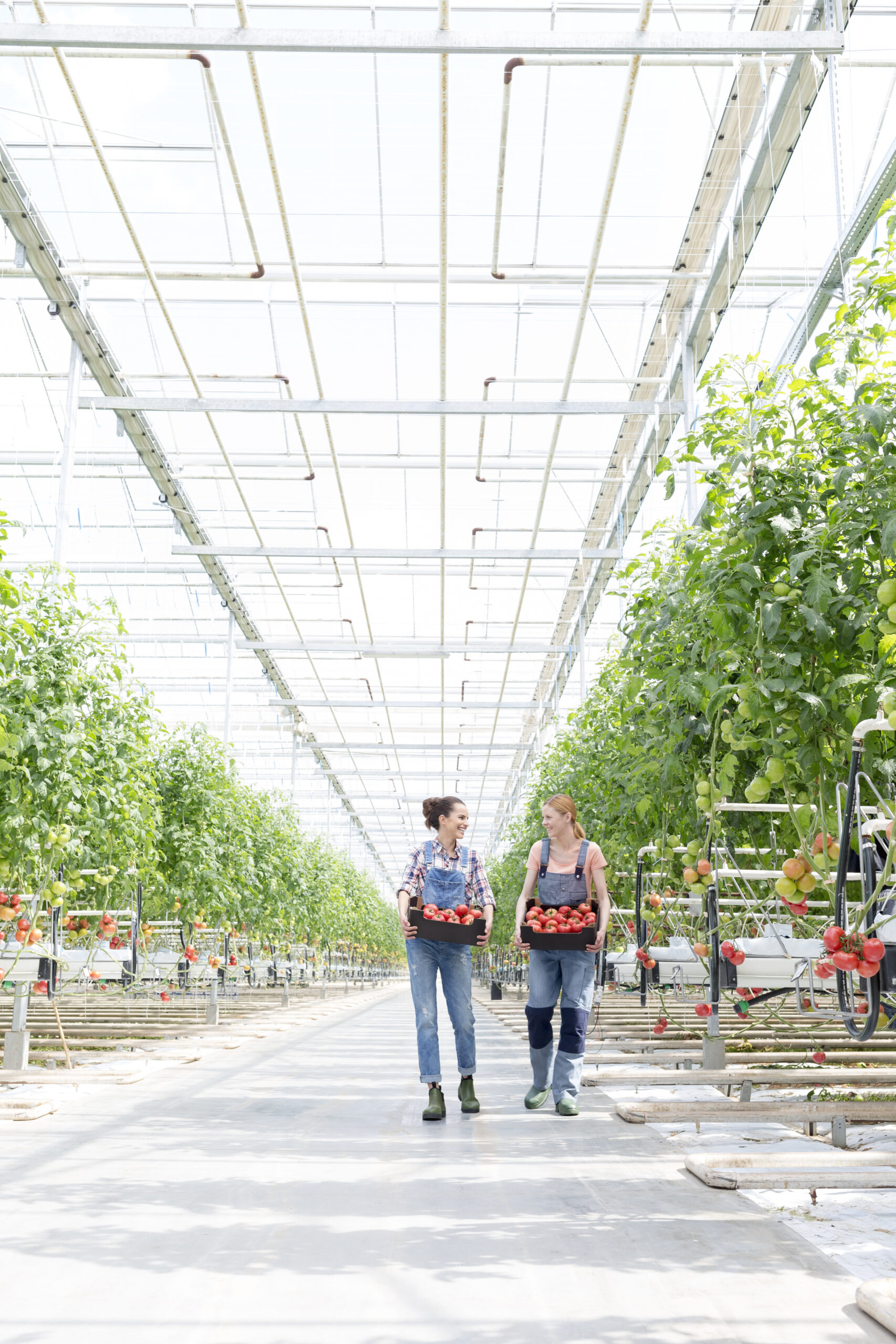How to Set Up and Sustain a Microgreens Business in 2023?
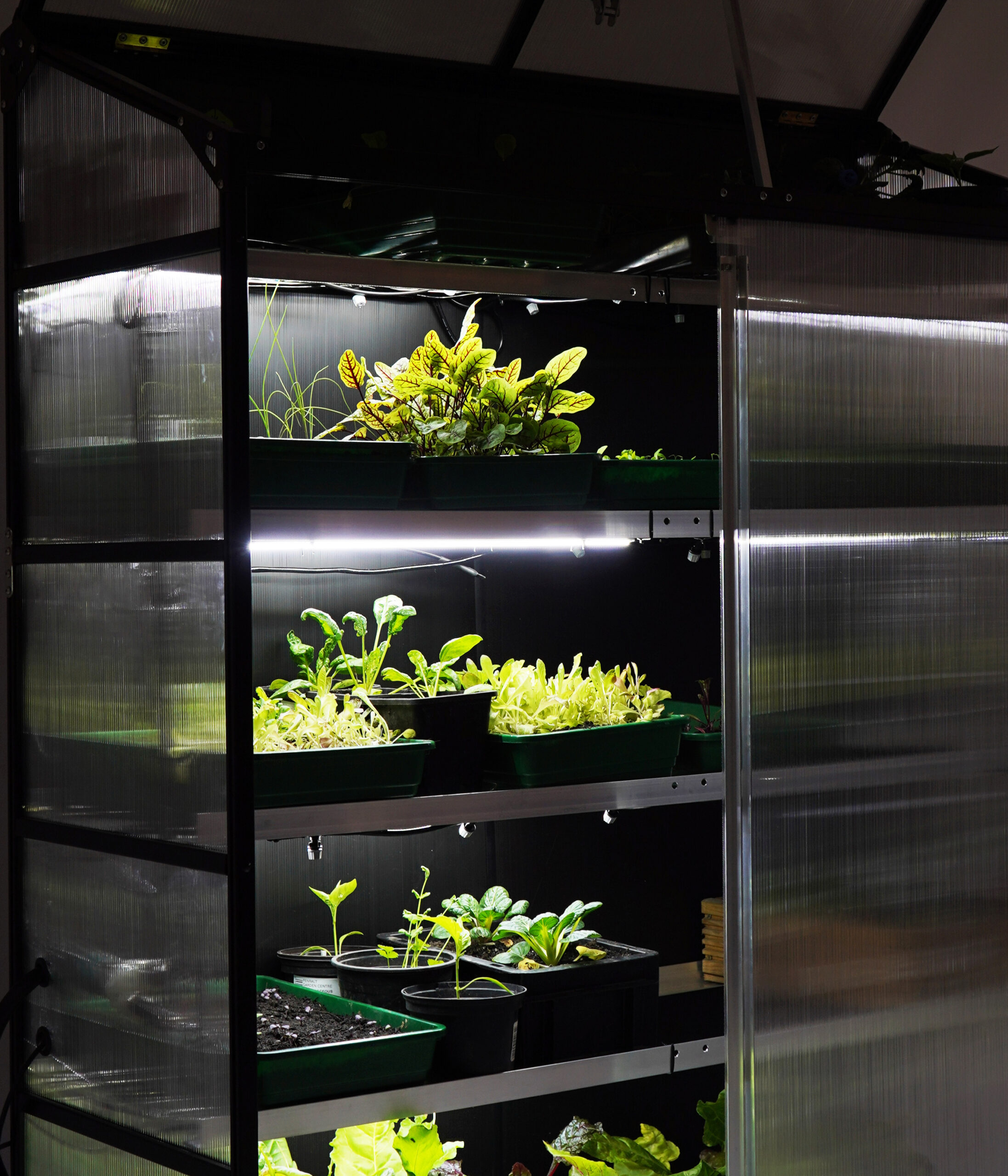
Microgreens are essentially very young vegetable greens, harvested just after the first set of true leaves has emerged. Because of this, microgreens contain much more concentrated nutrients, have a much more intense flavour and create yields in a much shorter space of time than a full-grown crop, while also taking up a lot less growing space. For example, rocket microgreens take only 10-14 days to be ready to harvest (as opposed to 4 to 6 WEEKS for traditional rocket), and contain twice as much vitamin A.
According to a recent study, broccoli microgreens can be grown in roughly 200 times less water and 94% less time than an EQUALLY NUTRITIOUS mature vegetable. Furthermore, because of how small microgreens are, they’re the perfect crop for vertical farming, a process which allows for a greater concentration of crops within limited space. Growing and selling microgreens using controlled environment agricultural (CEA) practices is fast becoming a popular business opportunity and additional revenue stream among amateur and professional growers alike. This fast developing market (according to this article already worth over a billion dollars a year and expected to hit two billion by 2028) seems both profitable and not yet oversaturated, making it appear to be the perfect option for anyone considering setting up a small business in 2023. However, there are a few questions to answer before we can come to that conclusion!
First of all, what equipment do you need in order to set up a microgreens business?
Now the answer to this question varies massively depending on the scale of your operation and what space you have available. However, the absolute essentials are:
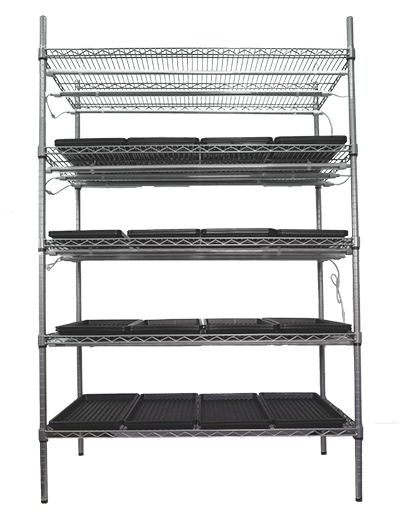
-Growing racks (you can also use a bench and high bay lights, but we would recommend that for taller crops that don’t suit vertical farming. Plus, racks allow for higher yield per square metre!)
-Trays to grow your microgreens in
-LED grow lights (these can be attached directly to your grow rack)
-Some type of substrate (this is used as a soil replacement to grow your microgreens in and some options can be reused)
-And then there’s the basic water, air, nutrients which all crops need to thrive!
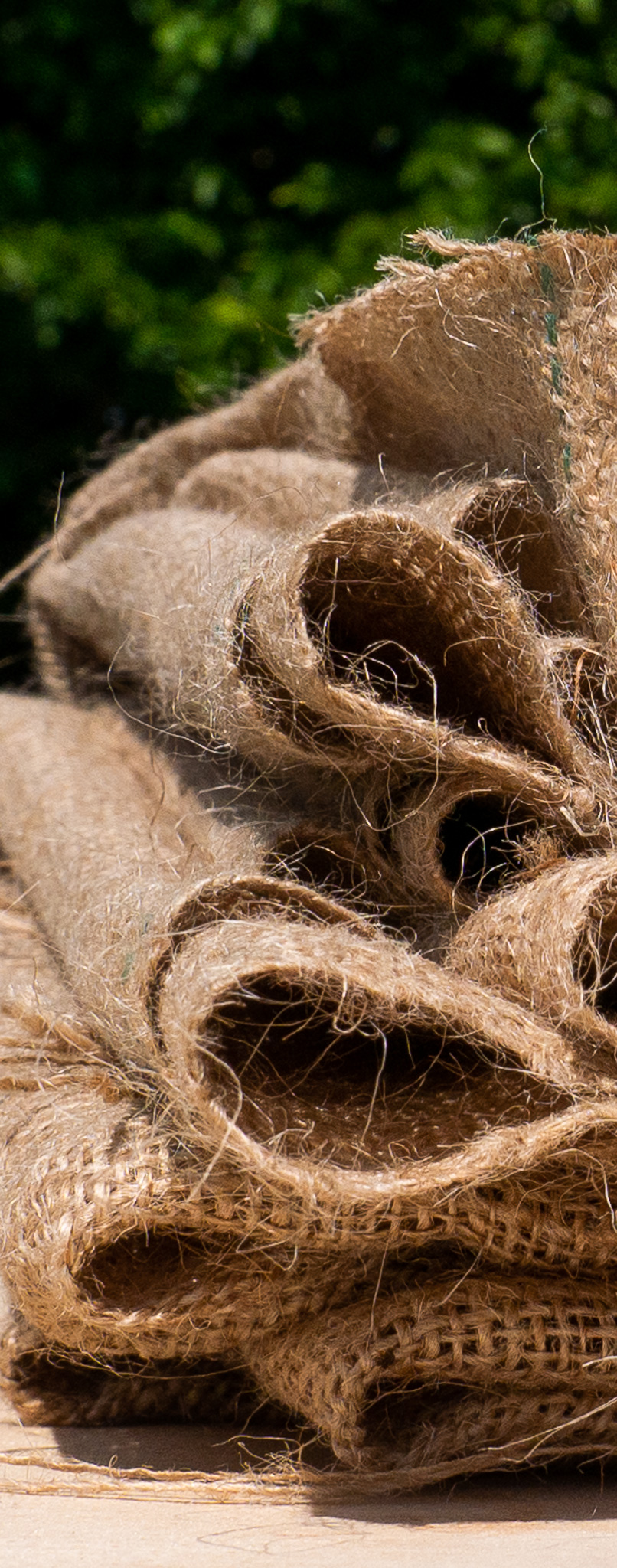
For better results, you can also look into temperature and humidity controls, air ventilation and irrigation to ensure your microgreens are giving the most consistent, high quality yields possible. Now if this all sounds a bit daunting, fear not! We sell everything you could need on our website and even have a handy microgreen starter kit to get you going.
Next up, what should you grow?
As any business person, aspiring or otherwise, knows, the key to success is to maximise profit while minimising cost, be that actual monetary cost or the cost of time and work required. For microgreen production, the aim should be to cultivate a crop that can offer high growth rates and frequent yields, and a relatively high market value. Microgreens already boast one of the highest potential profit margins in the agricultural sector, at up to 60% (according to to this article from the Journal Scientific Papers Series “Management, Economic Engineering in Agriculture and Rural Development”), but not all crops within this group are made equal. Some species of microgreen are more profitable than others. According to an article on Organealthy, the microgreens that are the easiest to grow and the most in demand are broccoli, rocket, mustard, cress, cabbage, radish, sunflower, pea shoots and salad mixes. While that is a good starting point, ultimately what you grow will depend on the demands of your customers.
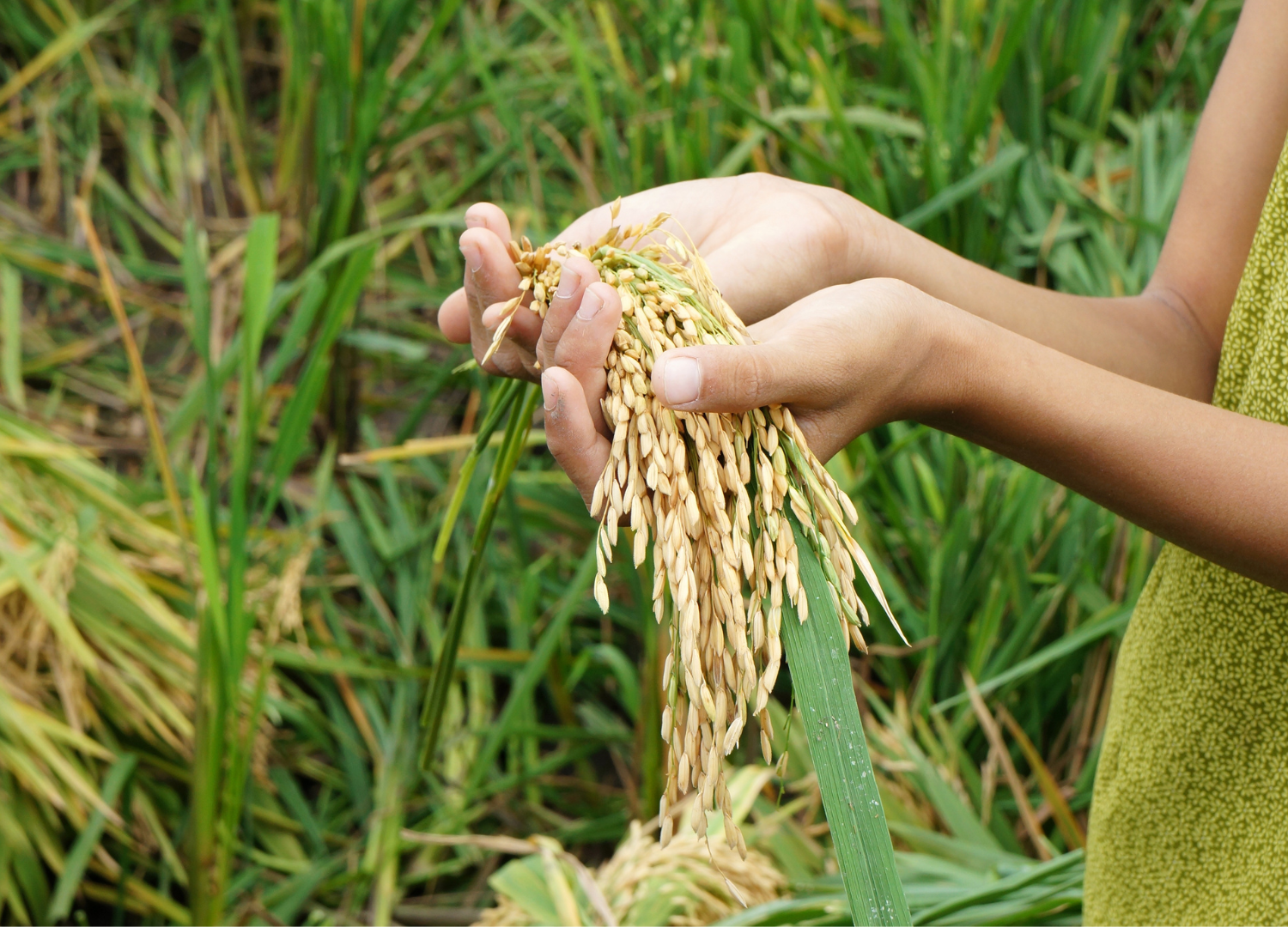
Bringing us to, where should you sell?
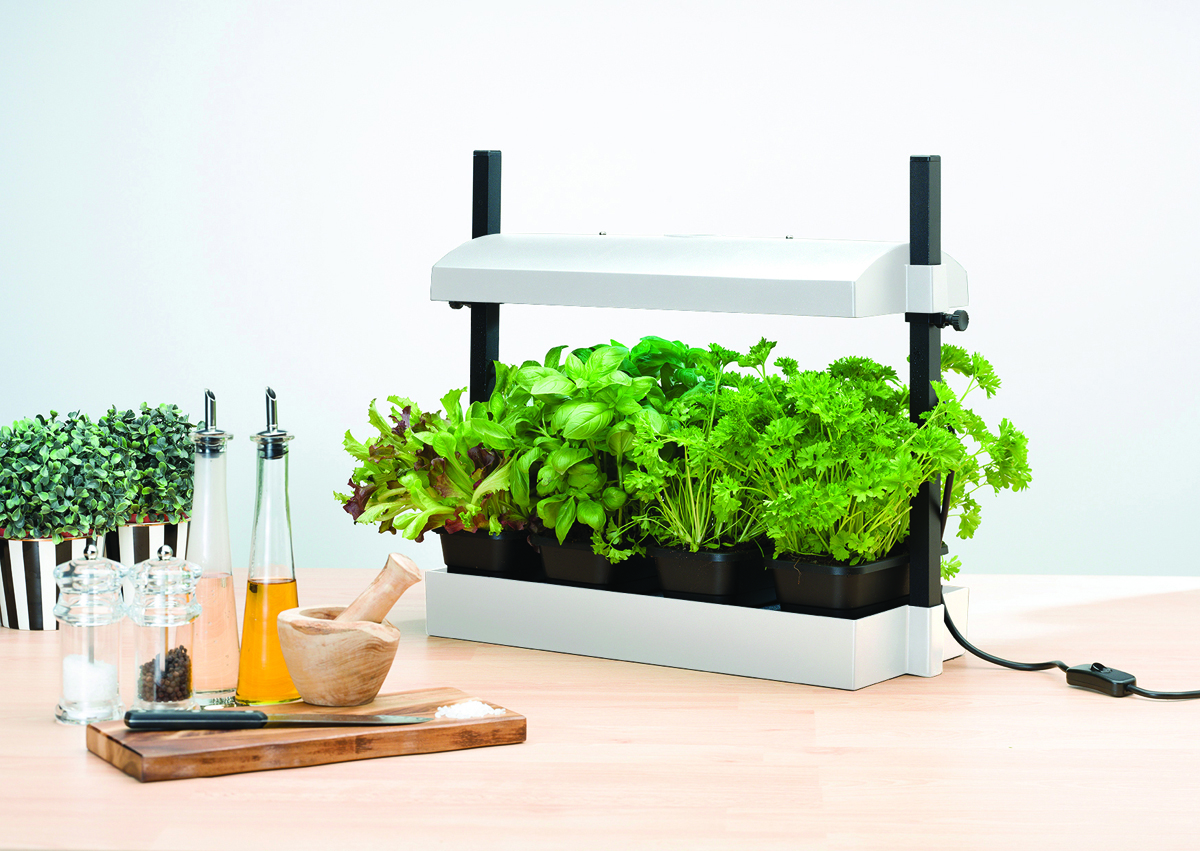
The safest way to operate a business is to establish multiple channels of distribution- essentially, don’t put all your eggs in one basket. Locally, you can reach out to restaurants, cafes, anywhere that serves food, as microgreens are a popular addition to a lot of modern cuisine, both as an ingredient and a garnish. Another good option while you’re getting started are farmer’s markets, local shops, and any other direct retail opportunities. However, in order to cast your net wider you will need to venture out onto the internet There are also sellers who set up websites or stores on online-selling platforms, but that requires a larger operation and an established customer base, so maybe hold off on website design until you’re up and running and ready to expand. One thing you will want to do immediately is create a social media presence. Facebook and Instagram are great ways of connecting directly to your customer base as well as advertising your business.
And finally, will you make any money?
Unfortunately, without a crystal ball we can’t definitively answer that for you. However, we CAN do some maths! Using our old friend rocket as an example, 30 grams of rocket microgreens retails for between £3.50 and £5.00 on the open market. You can purchase rocket microgreen seeds on our website for £7.92 per 100 grams. The recommended seeding density is 60 grams per metre squared.This means that for every 100 gram bag of seeds you buy, you’ll be planting 1.66 square metres of rocket microgreens. According to a 2021 study published in Horticulturae, rocket microgreens grown in a controlled environment yield a crop of between 3,000 and 3,200 grams per square metre. Therefore, one bag of seeds should yield between 4,900 and 5,300 grams of rocket microgreens. If we assume a minimum market value of £3.50 per 30 grams, one bag of rocket seeds could realistically be grown, harvested and sold for over £570. Obviously, that number will go down once you subtract the initial cost of the seeds, of running the lights (which is by a significant value the majority of cost) and all other factors which detract from gross profit, such as crop failure or additional growing costs However, there is still potential for a hefty profit! And keep in mind, rocket microgreens yield every two weeks, meaning the occasional poor yield will not set your business and your continued flow of product and profit back for long. Working from the aforementioned stat of a 60% net profit, that single bag of seeds could make you over £340. Of course, these figures are theoretical and affected by numerous variables, but the profitability and scalability of a microgreens business is evident!
